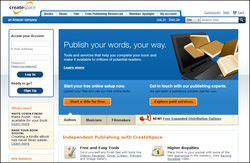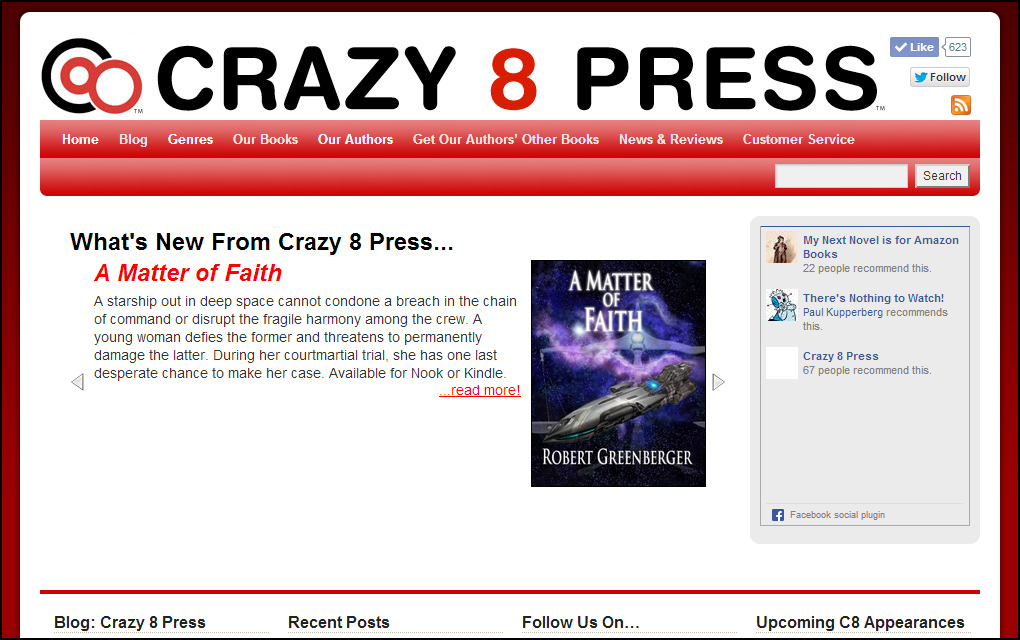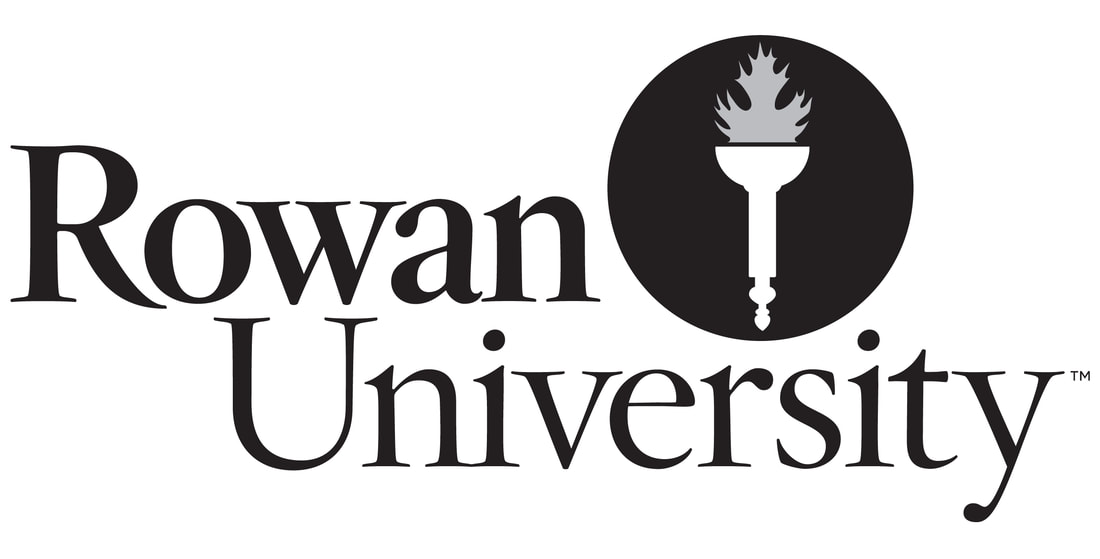|
by Joseph F. Berenato We've all heard the success stories: first-time author, turned down by every publishing house known to man, decides to self-publish an e-book and makes millions. Who needs a traditional publisher when you can horde all of the money for yourself, right?  Createspace.com Home Page Createspace.com Home Page The advent of do-it-yourself publishing websites like CreateSpace has made creating a book – either paper or electronic – remarkably easy. With the hardest part – writing the thing – presumably out of the way, all one has to do is create an account, upload the book, add some graphics for the cover, and boom: instant book. CreateSpace will even assign your book an ISBN number and help you sell it through Amazon. That’s where the ease ends, though. Granted, novelists like Fifty Shades of Grey author E.L. James first gained fame through self-publishing before becoming attached to a major publishing house. First-time novelists like Tina Folsom have sold more than a half-million e-books, eschewing publishers entirely. Success stories such as these, though, are seldom the rule and often the exception. Amazon is replete with examples of books that have sold no more than a few-hundred copies. Even so, many established authors have begun to move away from traditional publishing in favor of doing it themselves. With success being such a seeming crap-shoot, why would they take the risk? When asked for her opinion on the topic, author P.N. Elrod (best known for The Vampire Files series of novels) offered, “I'd rather make a 70% royalty on a digital book I published myself, than a 25% royalty from a book sold to a commercial house.” Her answer makes sense. It doesn't take an advanced math degree to determine that there’s more money to be made with higher royalties. The catch, though, is that an author only earns royalties if the book actually sells. For first-time self-publishers, that’s obviously a problem. It certainly holds its perils for established authors as well. Robert Greenberger, an accomplished writer of comic book encyclopedias and science-fiction novels, summed up these perils succinctly. “The largest issue,” he said, “remains marketing and getting the word out, a problem plaguing every self-published author and one without a clear-cut solution.” Indeed. While publishing houses have whole departments dedicated to advertisement and marketing, solo authors who strike out on their own seldom have more at their disposal than word-of-mouth and a pre-existing fan base. Beyond an Amazon author page, a few Facebook pages, a Twitter account and maybe a blog, affordable advertising options for solo authors are few and far between. If established writers who already have a following are plagued by so many problems, it certainly doesn't seem a wise course of action for someone just starting out. “It's the right choice for me, but I don't recommend it to a neo writer,” Elrod agreed. “A lot of factors are involved. I've been around the block a few times and know what to expect. If I knew the magic formula to make huge sales, I'd be doing it now.” Among the works that Elrod publishes are entries from deep in her catalogue that have long lain dormant. This is the best way for her to increase income from projects that have been out of the public eye for some time. “Many of my colleagues are selling well,” she opined. “Many more are not – there’s a lot of books out there – but it's still more than they'd get letting a book sit forgotten in a file.” Re-releasing a popular author’s earlier works would seem like a logical (and relatively inexpensive) decision for any rational publishing house. According to Greenberger, though, publishers seldom make logical decisions, leading more authors to leave them behind. “Traditional publishers are too driven by inaccurate and incomplete data when making decisions,” he described, “letting marketing drive editorial which is the reverse of what made publishing the giant business it has been. As a result, too many projects I and my peers have been passionate about get rejected or ignored. Digital publishing removes an artificial barrier that lets us bring our passions directly to the readers.”
Though marketing remains a problem, Greenberger and associates now have complete control over their future works and are thus able to maximize profits. As well, like Elrod and others, they offer in e-book format those entries from their back-catalogue to which they own the rights. On top of that, they have expanded their borders and are now welcoming other writers to join in on the action.
While Greenberger’s actions are a logical progression from mere self-publishing, forming one’s own press is obviously not going to be an action that everyone takes. Still, his actions are representative of a growing list of authors dissatisfied with the current state of mass-market publishing. Traditional publishing houses may soon have to re-think their way of doing business or risk becoming obsolete. With very little investment (and very little risk) coupled with the potential for higher earnings, more authors will undoubtedly begin to cut out the middle man and do all of the work – and keep all of the money – for themselves.
0 Comments
Leave a Reply. |
Archives
July 2024
Categories
All
|
|
Glassworks is a publication of Rowan University's Master of Arts in Writing 260 Victoria Street • Glassboro, New Jersey 08028 [email protected] |
All Content on this Site (c) 2024 Glassworks
|


 RSS Feed
RSS Feed
